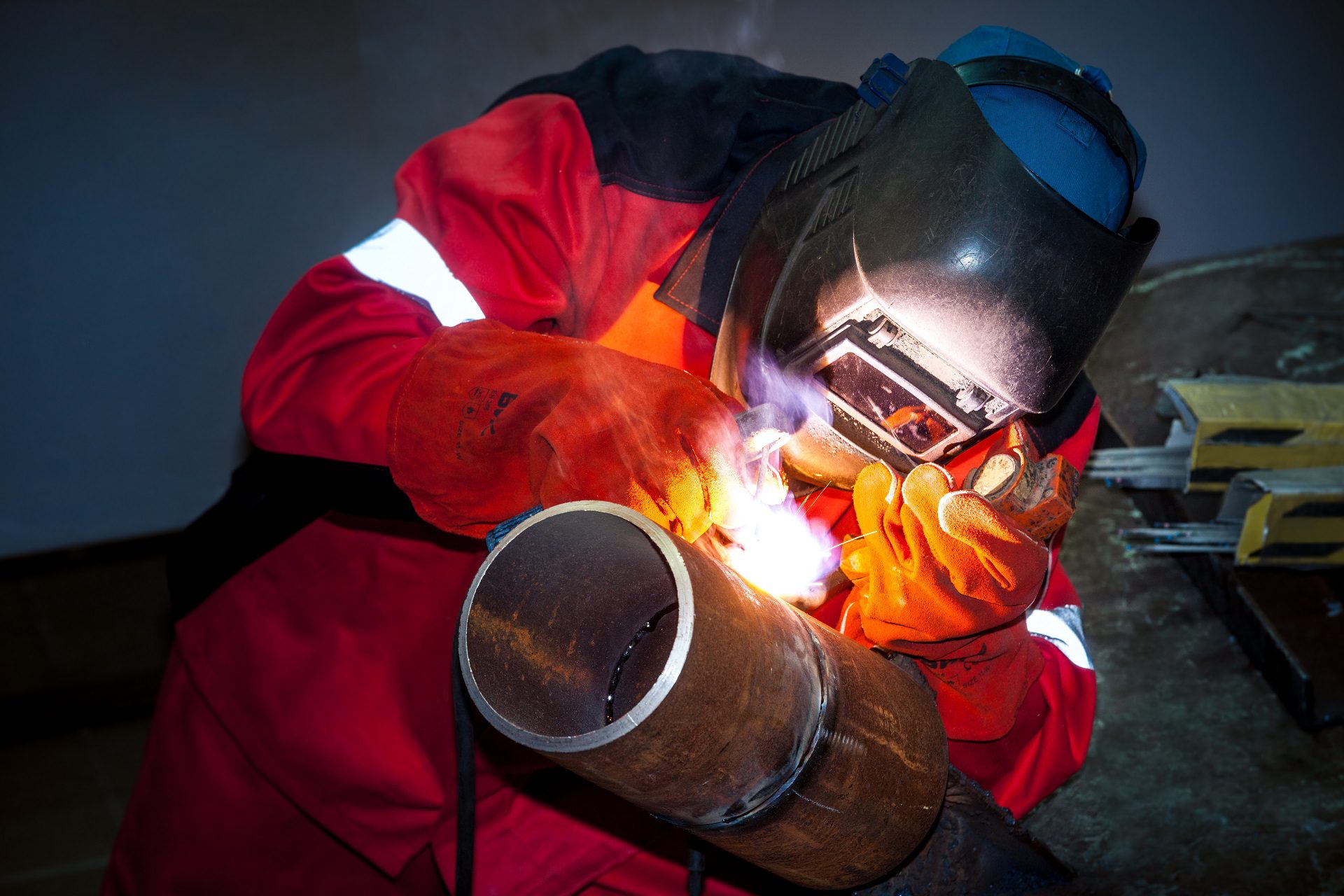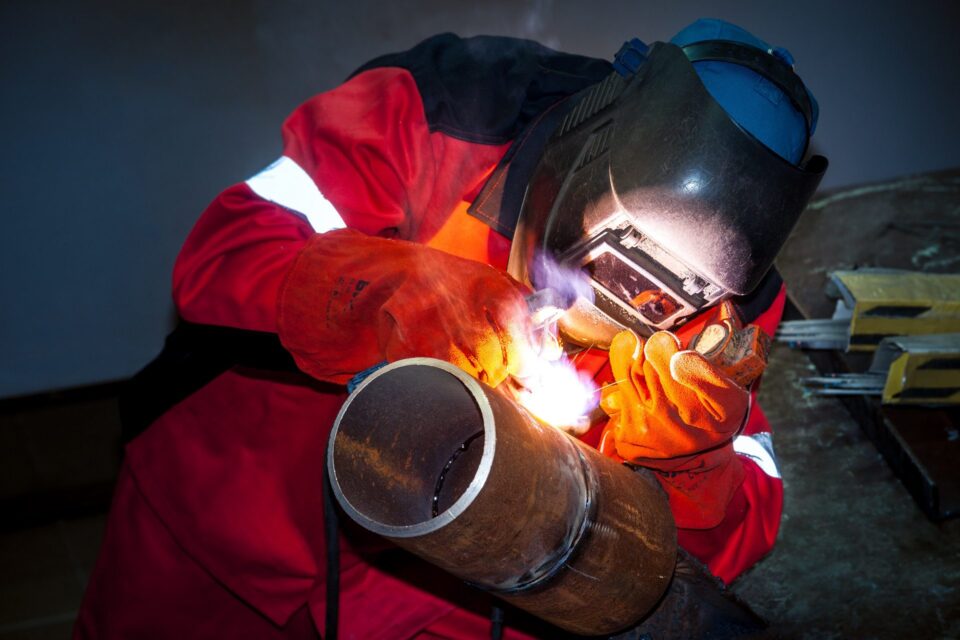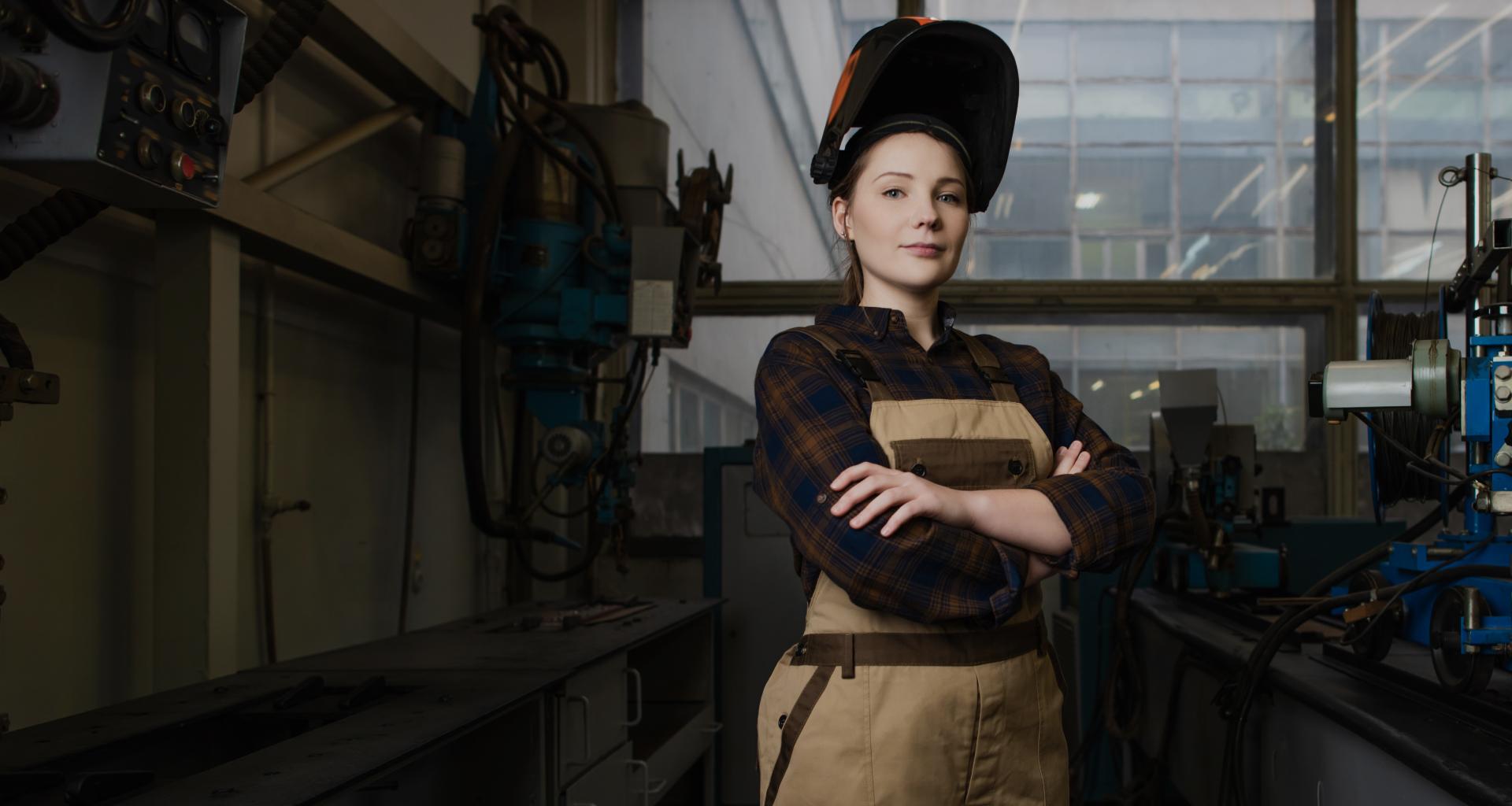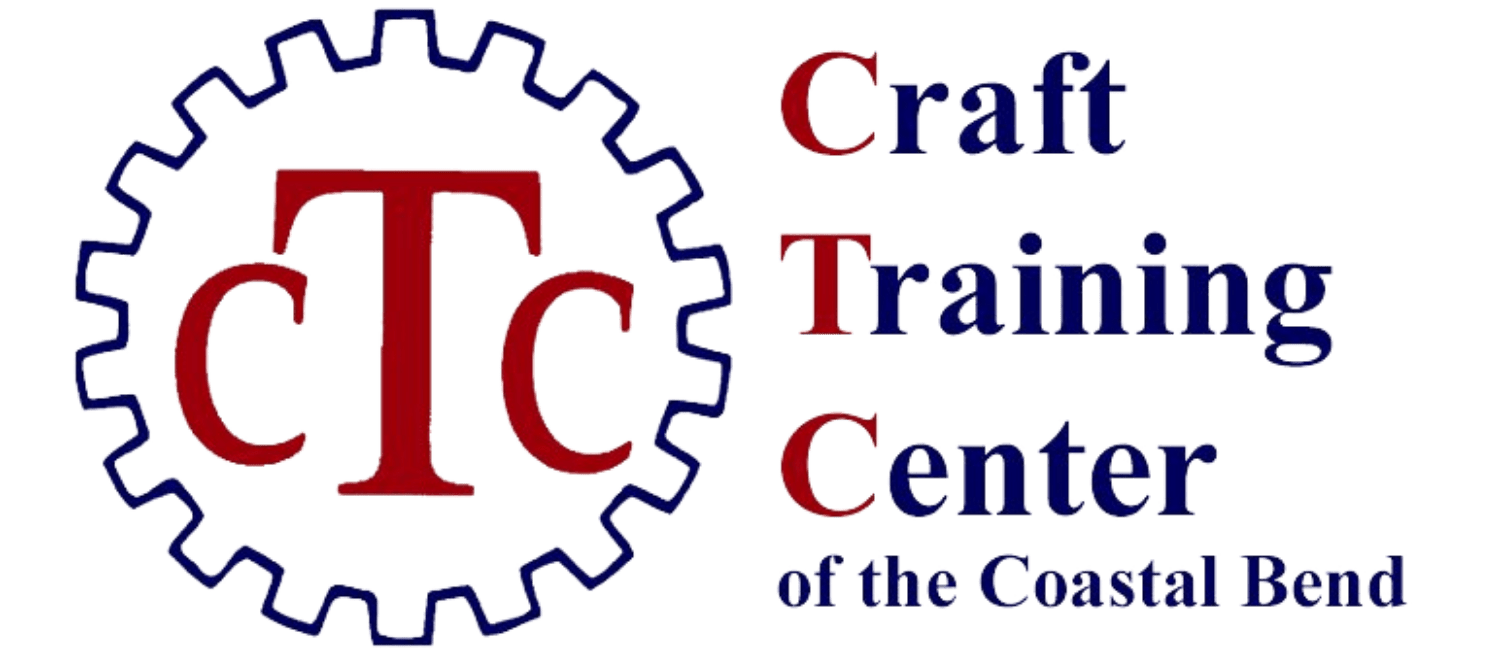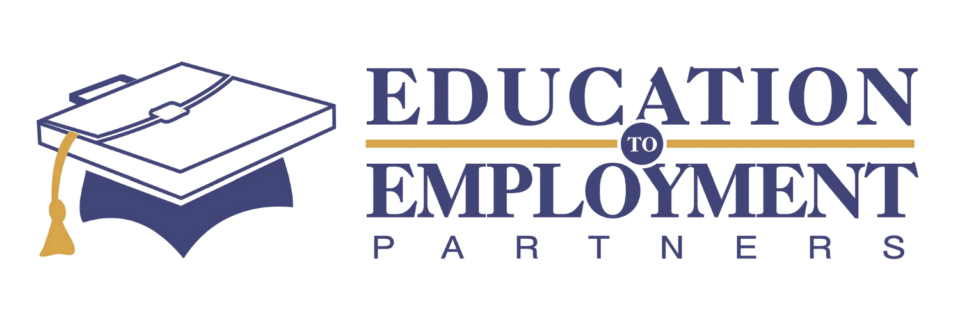Daily Tasks
- Operate safety equipment and use safe work habits.
- Examine workpieces for defects and measure workpieces with straightedges or templates to ensure conformance with specifications.
- Weld components in flat, vertical, or overhead positions.
- Detect faulty operation of equipment or defective materials and notify supervisors.
- Recognize, set up, and operate hand and power tools common to the welding trade, such as shielded metal arc and gas metal arc welding equipment.
- Select and install torches, torch tips, filler rods, and flux, according to welding chart specifications or types and thicknesses of metals.
- Determine required equipment and welding methods, applying knowledge of metallurgy, geometry, and welding techniques.
- Mark or tag material with proper job number, piece marks, and other identifying marks as required.
- Prepare all material surfaces to be welded, ensuring that there is no loose or thick scale, slag, rust, moisture, grease, or other foreign matter.
- Align and clamp workpieces together, using rules, squares, or hand tools, or position items in fixtures, jigs, or vises.
- Connect and turn regulator valves to activate and adjust gas flow and pressure so that desired flames are obtained.
- Monitor the fitting, burning, and welding processes to avoid overheating of parts or warping, shrinking, distortion, or expansion of material.
- Position and secure workpieces, using hoists, cranes, wire, and banding machines or hand tools.
- Melt and apply solder along adjoining edges of workpieces to solder joints, using soldering irons, gas torches, or electric-ultrasonic equipment.
- Grind, cut, buff, or bend edges of workpieces to be joined to ensure snug fit, using power grinders and hand tools.
- Weld separately or in combination, using aluminum, stainless steel, cast iron, and other alloys.
- Chip or grind off excess weld, slag, or spatter, using hand scrapers or power chippers, portable grinders, or arc-cutting equipment.
- Develop templates and models for welding projects, using mathematical calculations based on blueprint information.
- Repair products by dismantling, straightening, reshaping, and reassembling parts, using cutting torches, straightening presses, and hand tools.
- Clean or degrease parts, using wire brushes, portable grinders, or chemical baths.
- Hammer out bulges or bends in metal workpieces.
Occupational Skills
What skills are necessary for a Welders, Cutters, Solderers, and Brazers career?
Hard Skills
- Fabrication
- Flux-Cored Arc Welding
- Gas Metal Arc Welding
- Gas Tungsten Arc Welding
- Grinding Machine
- Hand Tools
- Pipe (Fluid Conveyance)
- Power Tool Operation
- Welding
- Welding Equipment
Soft Skills
- Communications
- Customer Service
- Fine Motor Skills
- Interpersonal Communications
- Management
- Mechanical Aptitude
- Operations
- Quality Control
- Troubleshooting (Problem Solving)
- Valid Driver's License
Hard skills are specific, learnable, measurable, often industry- or occupation-specific abilities related to a position.
Soft skills can be self-taught and usually do not necessitate a certain completed level of education. They are essential in many industries and occupations.
